|
I learned this ancient Sanskrit chant from my friend, master sitarist and singer, Pandit Deobrat Mishra of Varanasi, India. Not long after Nikki was diagnosed with cancer, I took a workshop on naad yoga with Debu and learned several beautiful chants. Chanting has since been an important facet of my grief-work and my attempt to heal. I am grateful to Debu and to my yoga teacher, Maddie Adams, for instilling in me a love for this practice.
The Indalo Wind interpretation of this sacred mantra features Native American flute, and shruti, a traditional Indian instrument that produces a drone using a system of bellows (similar to a harmonium, but without the keyboard). It was recorded in December 2020.
0 Comments
"Zuñi Sunrise" is a traditional Native American melody which was first transcribed into western notation and published as sheet music in 1913 by Carlos Troyer. (Charles Troyer, born in Frankfurt, Germany in 1837, was a pianist/composer/teacher who immigrated to America and settled in San Francisco sometime before 1871. He began using the name Carlos in 1885 and became known for his arrangements of Native American melodies. His transcription of "Zuñi Sunrise" was widely reprinted in books for schoolchildren and the scouting movement.) I first heard it as sung by the legendary Navajo singer, Ed Lee Natay, on a recording made by Canyon Records in 1951. This version was playing in the reconstructed great kiva at Aztec National Monument in Aztec, New Mexico, during my first visit there in 1990. I was entranced by the haunting simplicity and beauty of the melody. Soon afterward, I learned it on the Native American flute (by ear from the Natay recording) so I could perform it as part of my theater piece, Desert Time. The song has been part of my repertoire ever since. I have played it at weddings and funerals. I have played it in depths of the Grand Canyon, in the Maze, and on the banks of the San Juan River as a wake-up tune for rafters. I have played it for audiences in Greece, Cambodia, and Laos. I performed it for a class at the Naropa Institute taught by Native flute master, R. Carlos Nakai, who had recorded the melody for his 1983 debut album, Changes. In 2013, I was pleased to finally record my own version for Indalo Wind's debut album. On this recording, I play a six-hole red cedar flute made by legendary Cherokee flute-maker, Hawk Littlejohn, which I purchased from his daughter at a powwow in Durham, North Carolina in 1992. It is my favorite flute and one which has traveled far and wide.
Steve, a gifted songwriter, wrote most of the songs although Chris contributed tracks as well. We played extended jams that were free and energetic, funky and psychedelic. We weren't always brilliant but we were pretty fearless. Steve and I both played acoustic-electric guitars but I used a few effects on my leads. Chris played fretless bass. Rich, a muscular, former-Marine, played with great skill and boundless energy on a kit that seemed as big as Carl Palmer's. (Our load-ins and breakdowns were famously arduous.) Our music was once described as "energetic acoustic groove". The band did not remain together long, perhaps six months, but it was a pretty fun ride while it lasted. During our time together, we played several times at Quixote's in Aurora, which was then the foremost Dead-centered bar on the Front Range. Lots of tie-dye and long hair. Our gigs lasted over four hours and people danced to the end. We also played once at The Buffalo Rose, a legendary biker-friendly venue in Golden. A few days after us, the headliner was Blue Oyster Cult.
The track featured here, "Neighbors", was recorded at The Bluebird, a well-known venue in Denver. We were performing as part of a four band showcase. The song is a funky instrumental composed by Chris Wangelin, whose dynamic bass playing is the centerpiece. I loved playing this one am happy to have this recording. Our time in Greece in 2010 was a luminous adventure in a land of great beauty and rich character. Of the many wonderful experiences we enjoyed there, one of the most memorable was the concert that my son, Jacob, and I played on 5 October in the village square in beautiful Kardamili (The Mani, Peloponissos). The performance was arranged by Mr. Elias Polimeneas of Kardamili who manages the apartments we inhabited during our stay. Elias is a soulful man with a deep mind and a gentle heart. He turned me on to the poetry of George Seferis and talked to me of Kardamili, of haunted monasteries hidden deep in Viros Gorge, of the nature of Greeks, art, politics, men and women. I found myself wanting to write down many of the lyrical sentences he conjured in English that was unconventional but never wanting for beauty or clarity. I would have liked to listen to him for many days more. Elias had prepared a flyer for the event. The concert was scheduled to take place at 18:45 in the main square in the center of Kardamili. There is a nice fountain there, some tables with umbrellas, trees, a large open area paved with stone, a periptero (kiosk), all adjacent to the main street that passes through town. We met with Elias at 15:30 to discuss arrangement of the chairs and lighting. He was very intent that everything was to our liking. I told him that my only concern was the wind, which can play havoc with my flutes. The wind, at the time, was blowing in strong from the west, from the shimmering blue waters of the Messenian Gulf. Elias assured me that in the evening the wind would be blowing in the opposite direction, off the Taigetos Mountains. We arranged the "stage" accordingly and then, battling the wind, ran through our version of Ellington's "C Jam Blues" by way of a sound check. Elias sat some distance away and said that, even with the wind and occasional truck or scooter, the music was clear. I had no idea what to expect in terms of an audience. I imagined a pretty sparsely attended affair. When we arrived 15 minutes before the show, we were surprised to see several couples and families already gathered in the seats. By the time the concert was in full swing, almost all the chairs and benches in the square were occupied. The traffic and the wind were, for the most part, cooperative. Only a few times did a loud truck or motorcycle invade the music, and the breeze off the mountains was gentle. The audience was a happy mix of locals, tourists, and seasonal residents. The response was very positive throughout the performance. Our set-list was a few songs shy of normal as I was carrying only two flutes, and Jacob had only his soprano ukulele. So we each played solo pieces to fill out the program and came in a just a minute or two under the agreed upon half-hour. Always leave them wanting more. Jacob was the star of the show and earned a great number of admirers. Some nice British ladies asked him if I was Greek. We gathered for pictures with Elias and his family. Elias told me that the concert was just as he'd imagined and that it was a great event for the community of Kardamili. With hugs and handshakes we parted for the evening and Jacob, Nikki, and I went off with our traveling companions to dine in a taverna on the water. I did not see Elias again before we left Kardamili the following day but he later sent me a beautiful message via email which read: We hope that one day, Kardamilis visitors will have again the opportunity, to enjoy your wonderful music. The small square belongs to both of you. That was a wonderful evening. So peaceful so truth. Thank you. Kindest regards to all. From Kardamili Elias Polimeneas Special thanks to Peter Charvat and Donna Van Winkle, who made this trip possible. ευχαριστώ πολύ
This video was a labor of love. As expressed in previous posts, I was deeply moved by our experiences in Cambodia - inspired by the creativity of its people, by the mystery of its landscapes, by the dynamism of its history and cultural heritage. This montage of still photos, video, and music is my homage to Cambodia; an expression of my affection and admiration for this beautiful land and the kind Khmer people.
The original music here is not based on any traditional Khmer musical forms or instrumentation; it is my own musical tribute, impressionistic and subjective, to this vibrant musical geography. The primary instruments are mandolin, wood flute, ukulele, and percussion. I recorded the music in a span of approximately ten days in April 2014, almost immediately upon our return. The track titles are as follows; 1) Tuk-tuk 2) By the Wat 3) Cicada Daze 4) The Lemongrass Devata Stomp 5) Night Fires 6) Apsara Dream (To The Sacred Dancers of Angkor) The video also features the wonderful Musicans of Neak Pean, one of several bands we saw playing traditional Khmer music in the temples. The music heard in the closing video clip is performed by the Musicians of Banteay Srey. I was enchanted by Cambodia and hope to return there someday, to teach, to explore, to learn. Until such time there are the many fine memories and impressions which I share with you here. My thanks to all those who helped to make our experience in Cambodia memorable and deeply rewarding: to Nathalie, Chan, Chan Tra and everyone at Maison Polanka; to Shila and all the staff and students at the Music for Everyone School; to Longdy, our kind and intrepid tuk-tuk driver; to Len, our wise and humorous guide; to the amazing Sacred Dancers of Angkor; to Hong and Den at Quad Adventure Cambodia; to all the Khmer musicians of Angkor. |
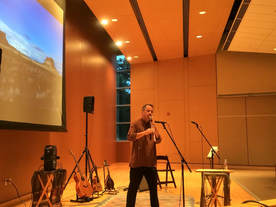
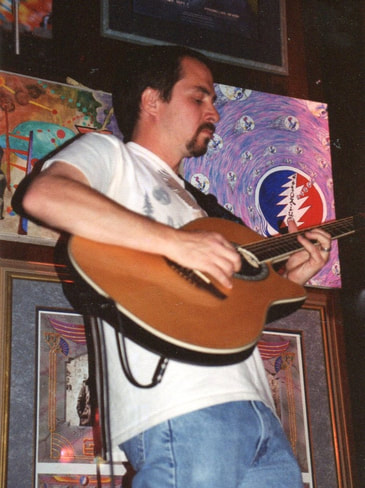
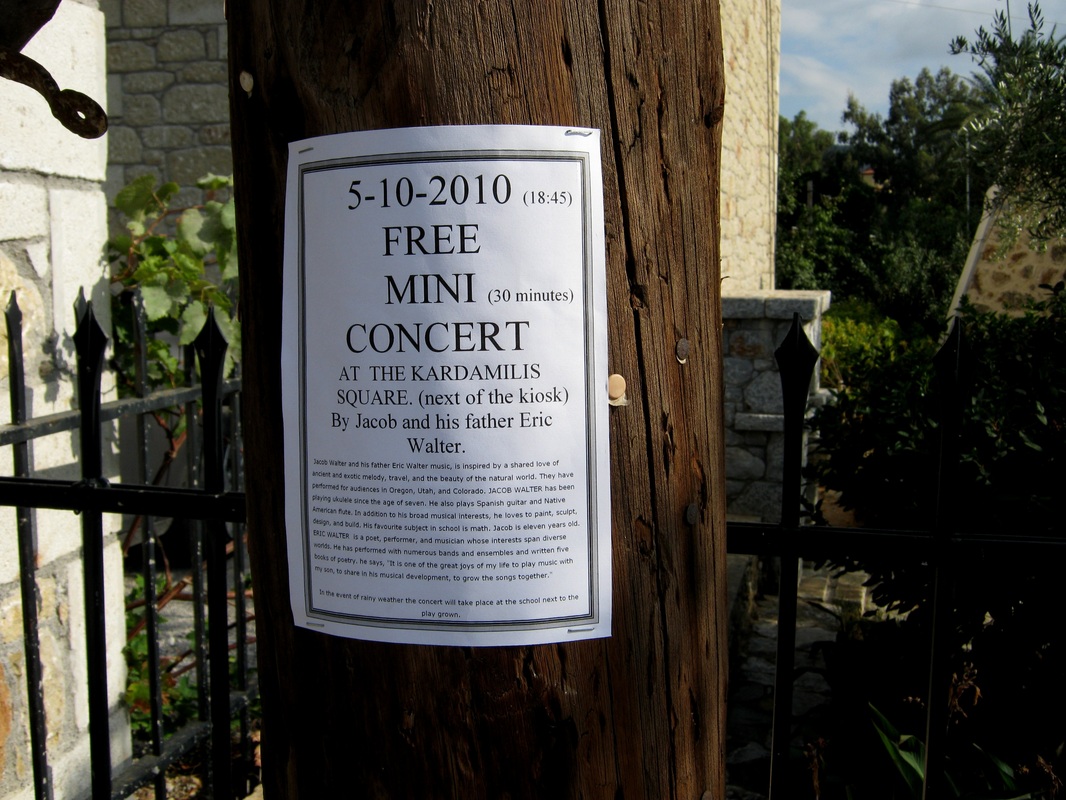
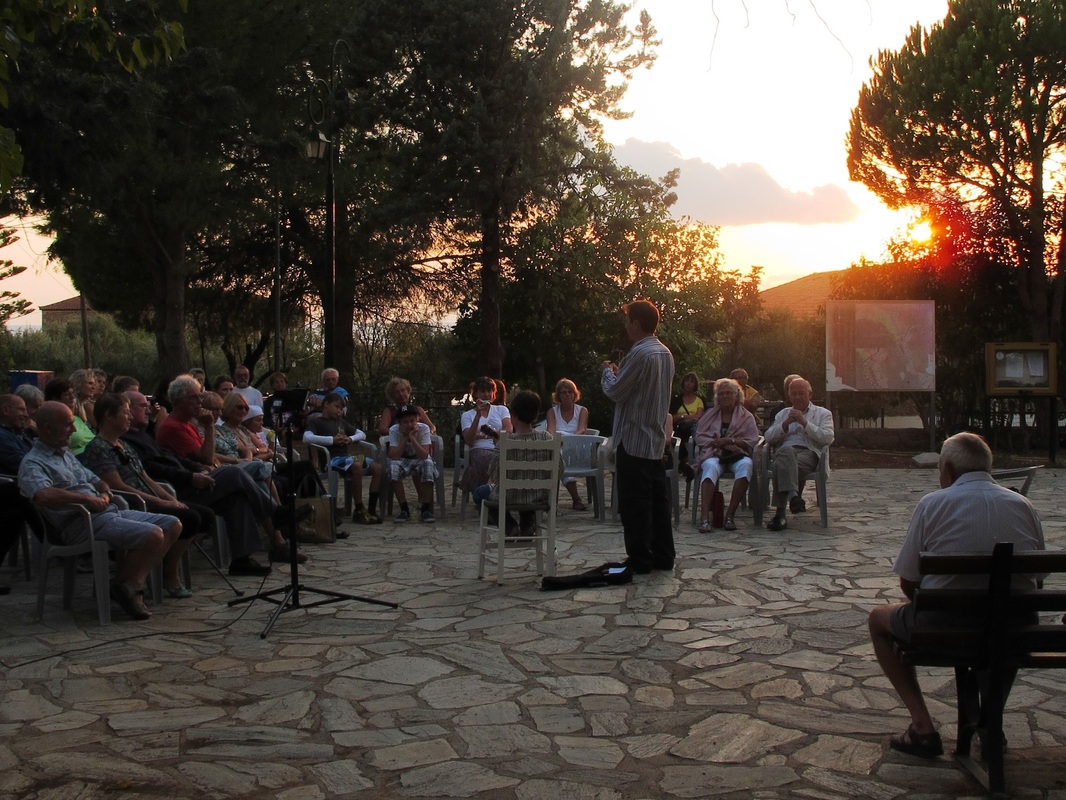
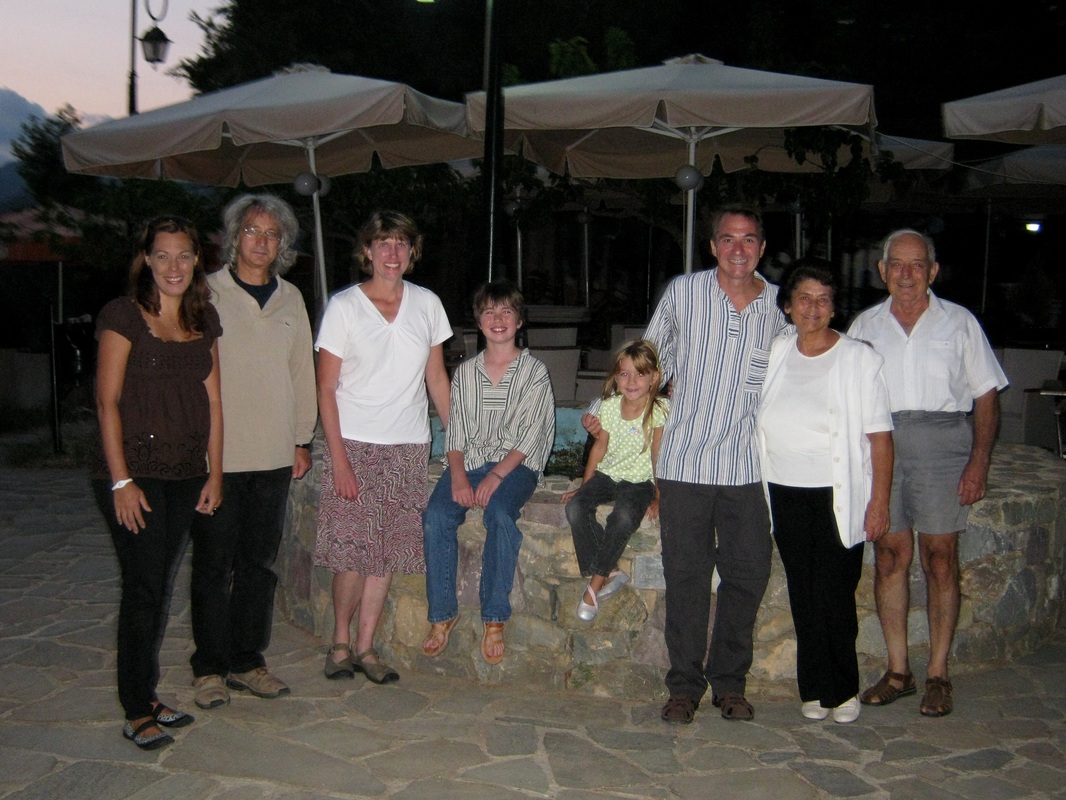
 RSS Feed
RSS Feed


